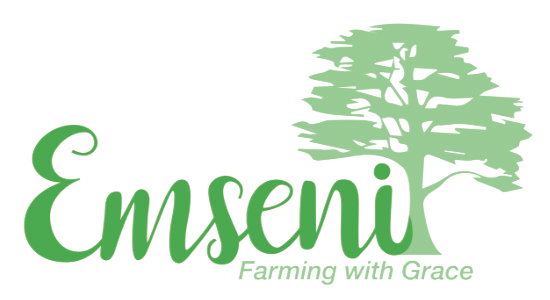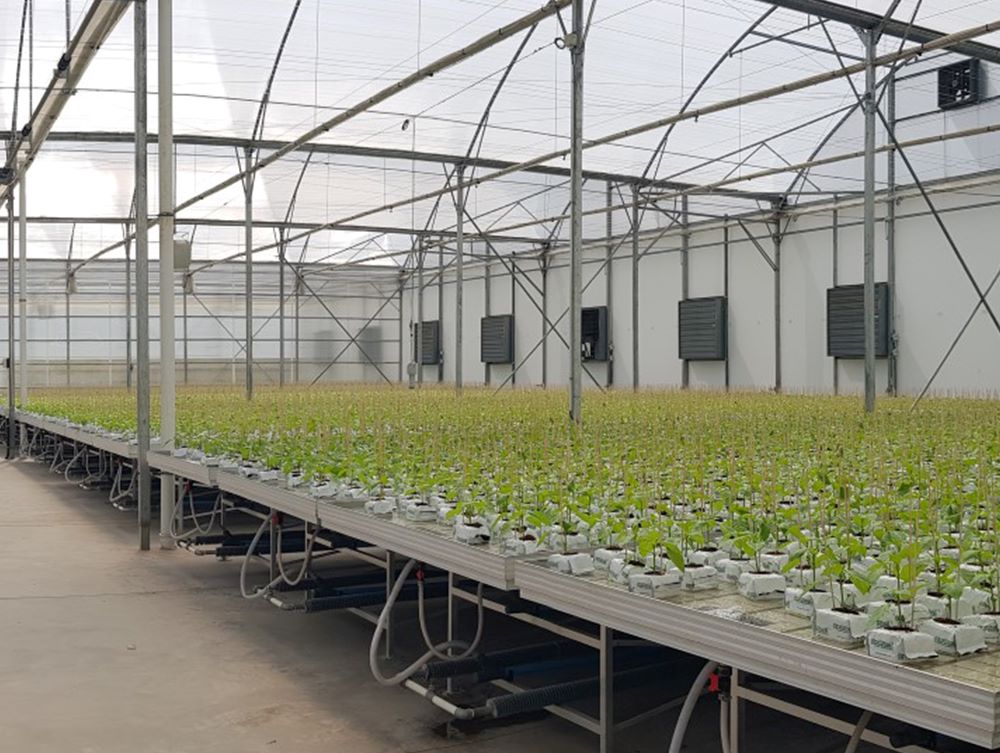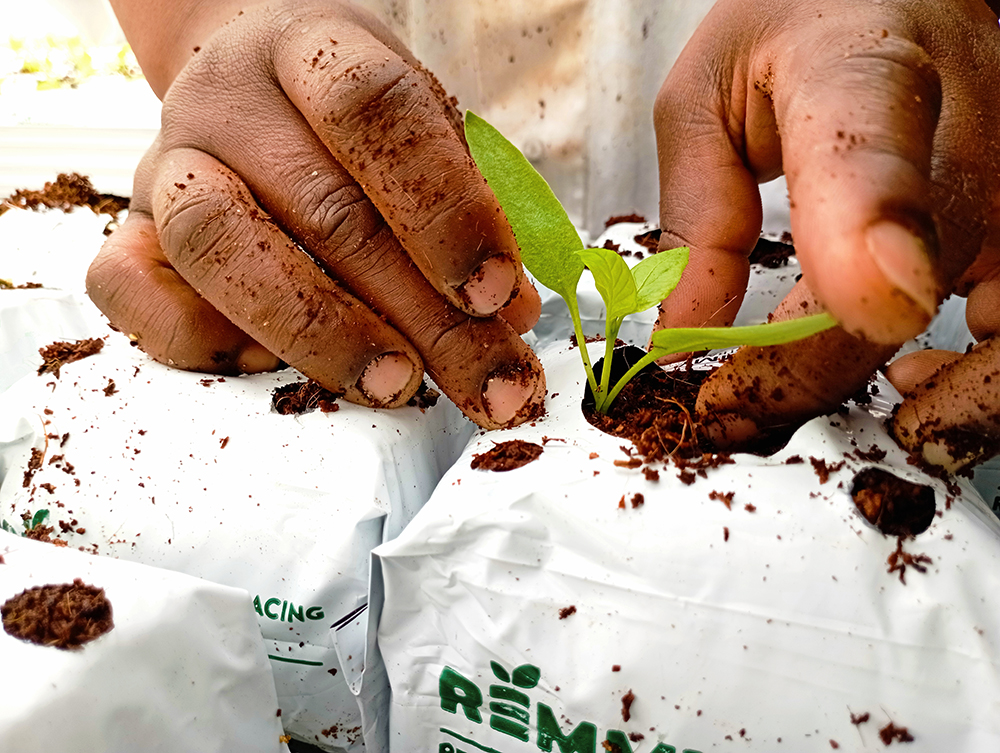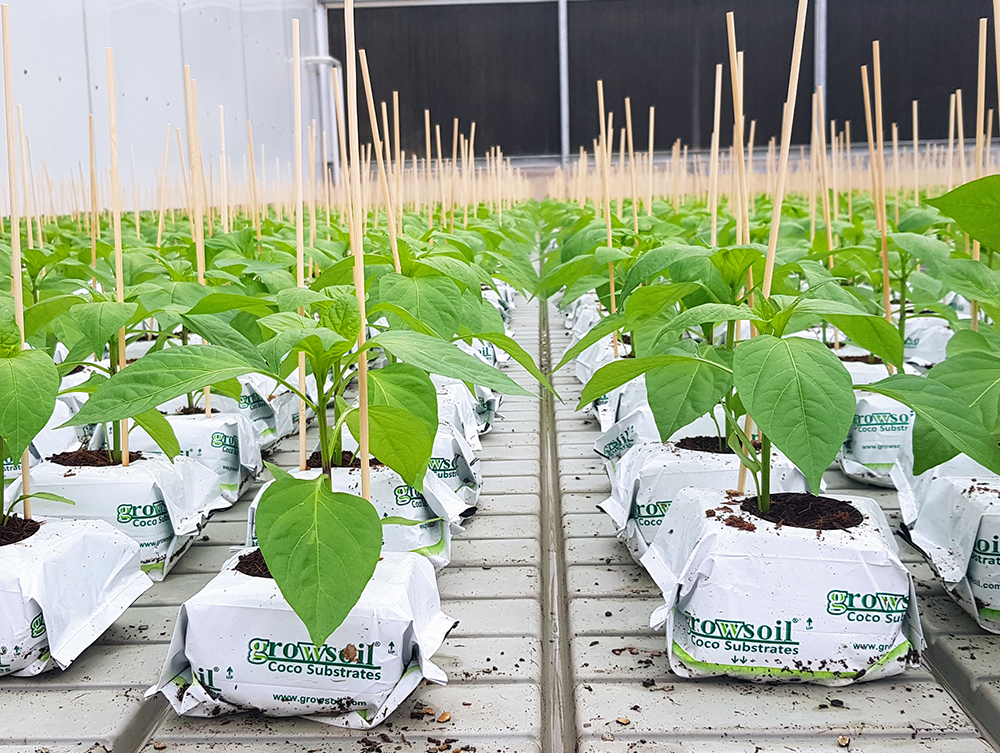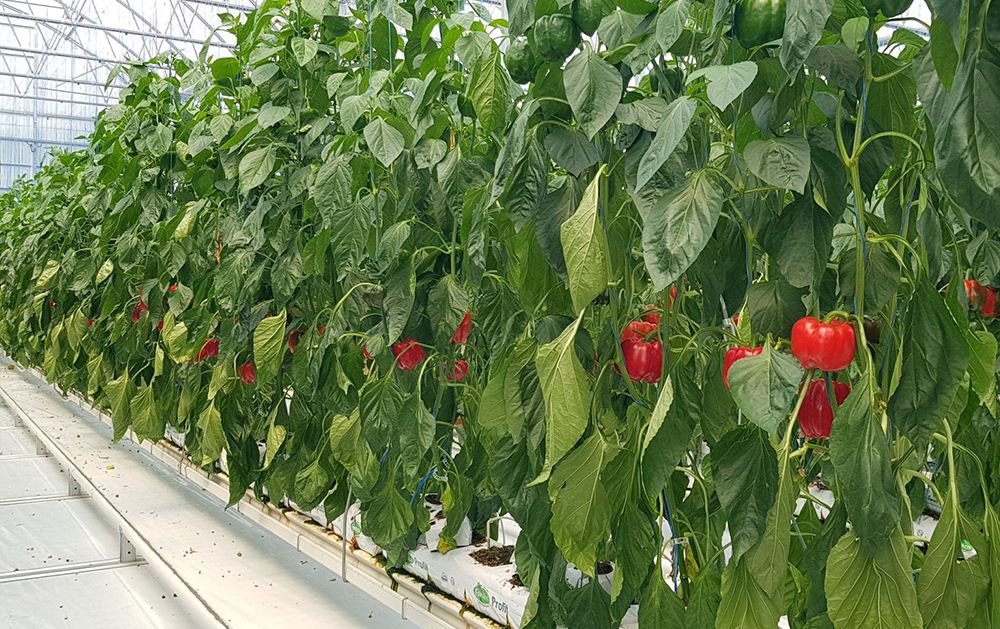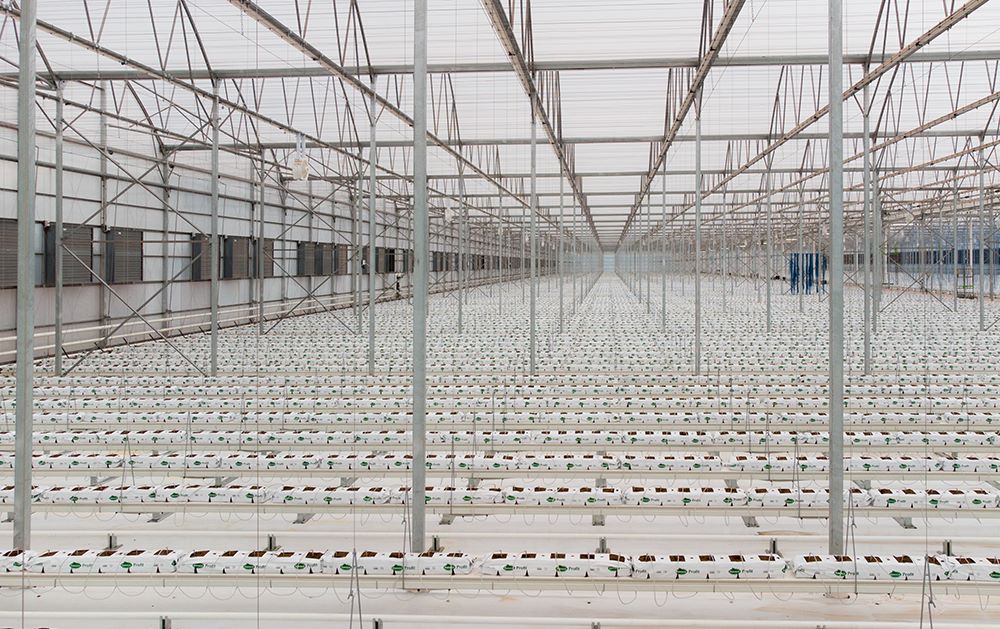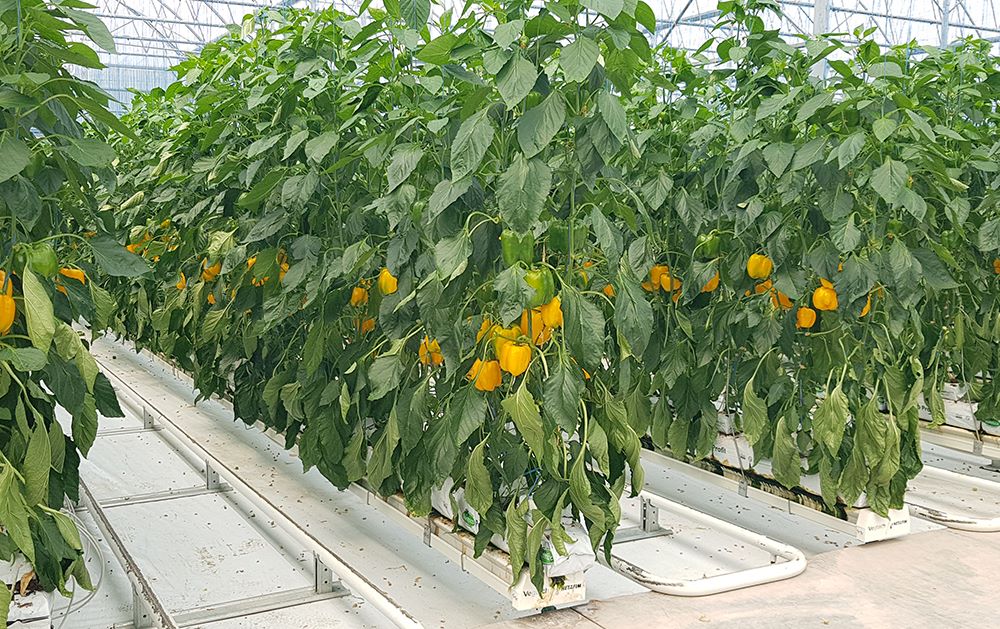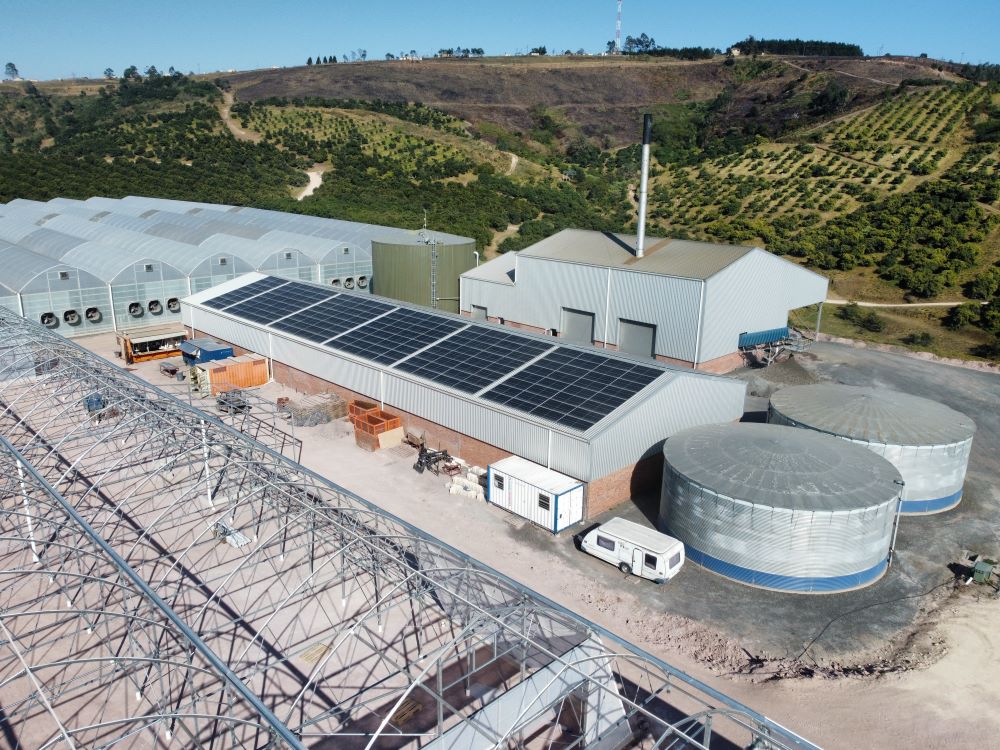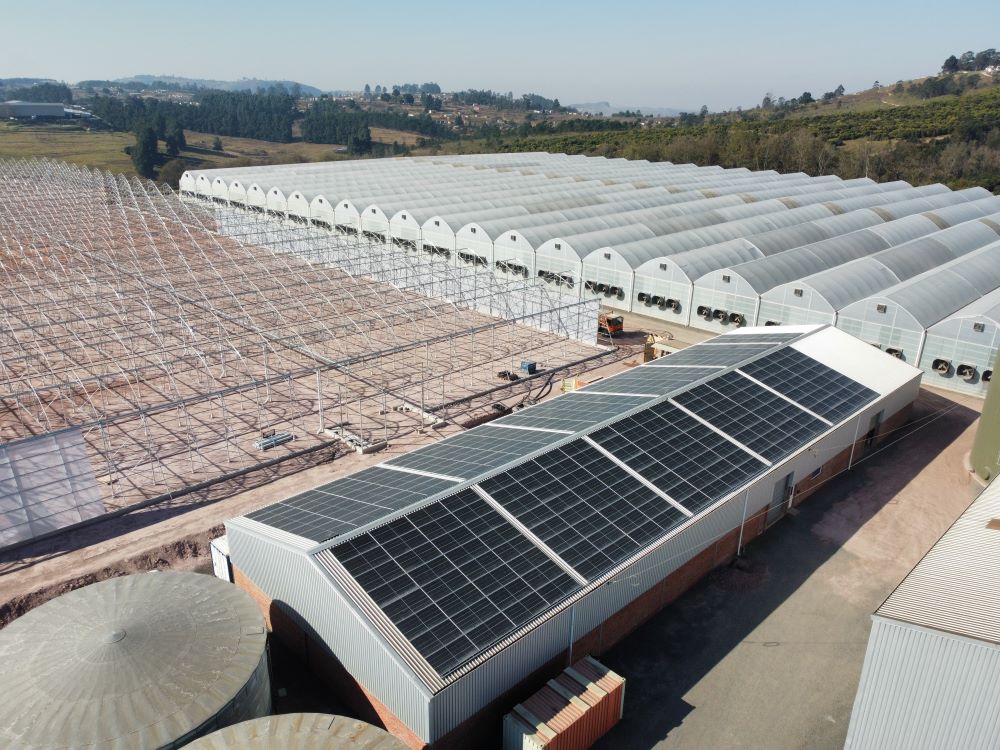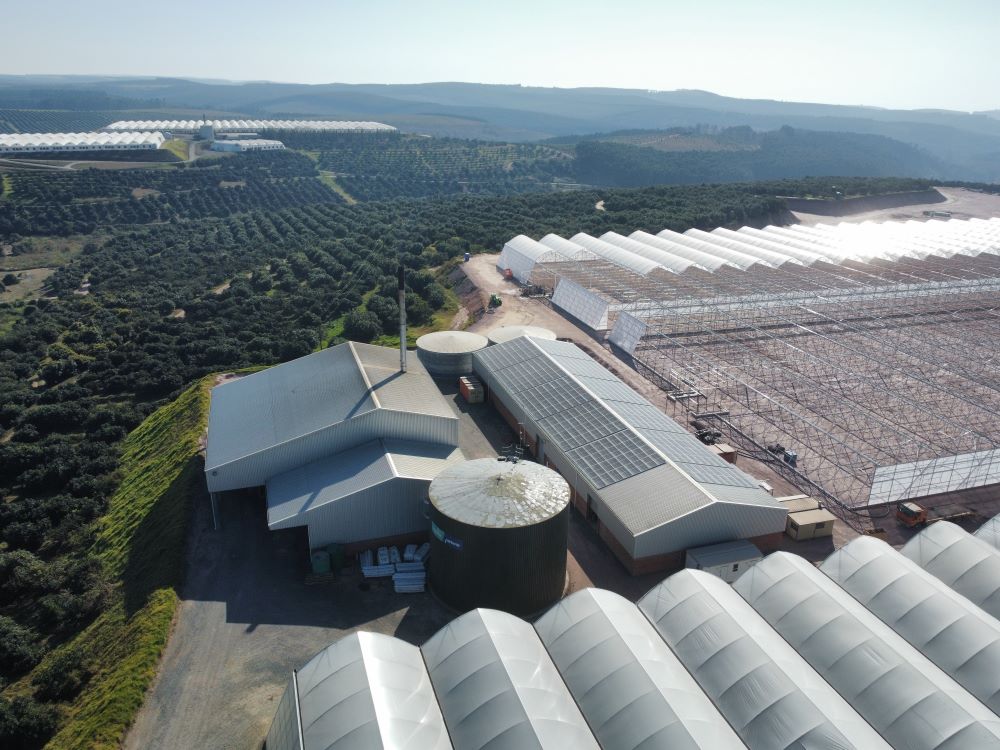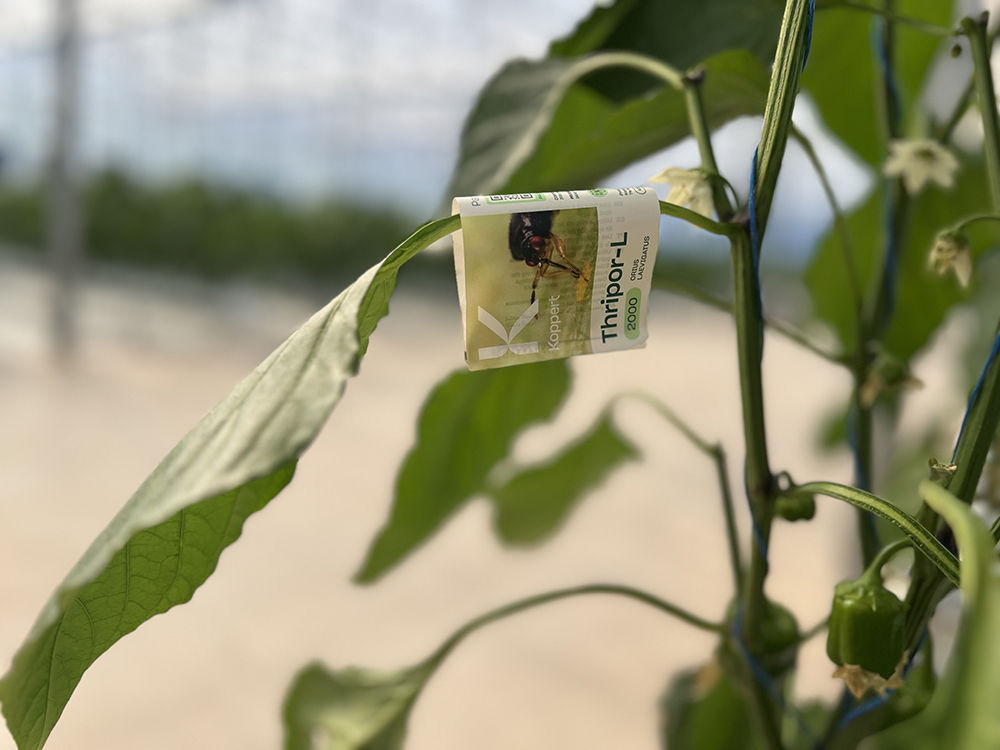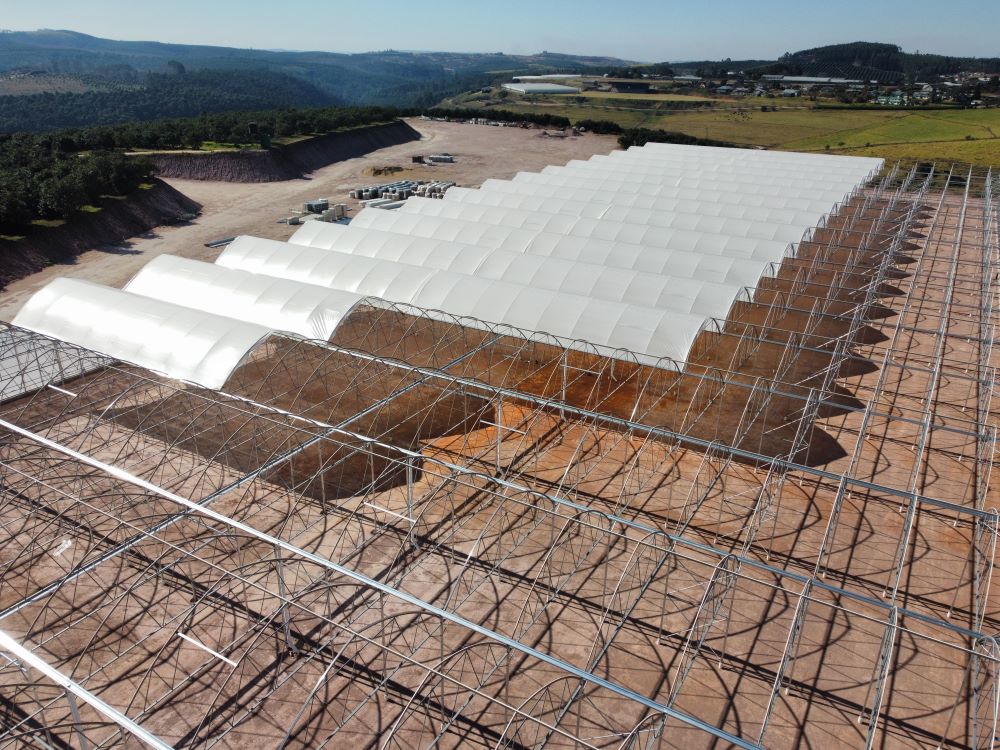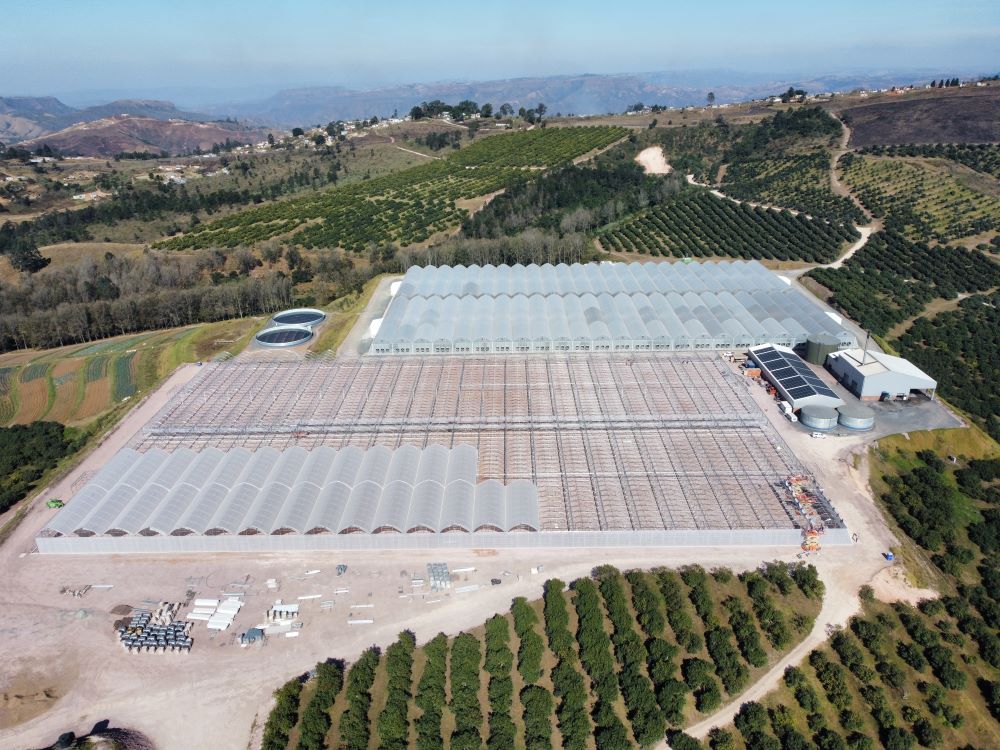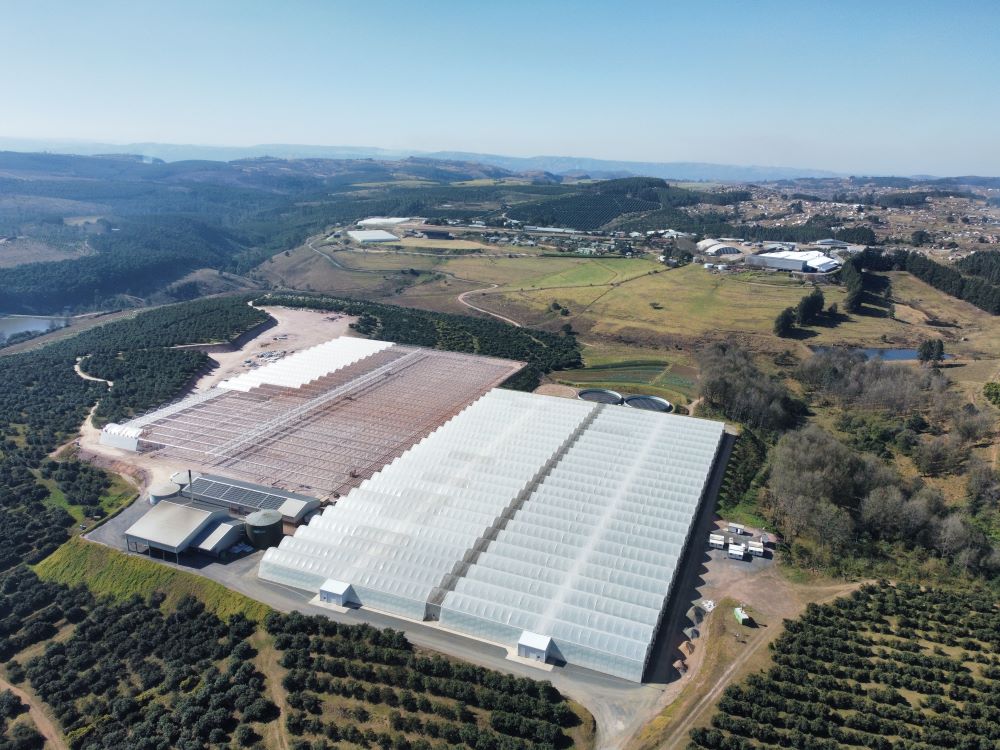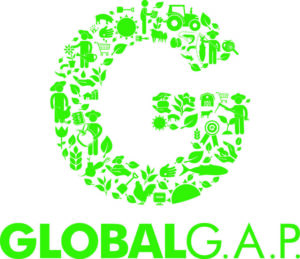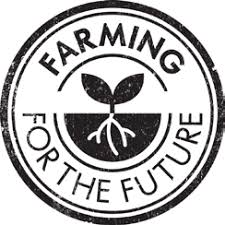Peppers
Emseni Farming is a leading grower and supplier of peppers in South Africa, currently with 11 hectares of developed climate-controlled greenhouses which facilitate year-round production of 2 500 tons of peppers per annum.
Our advanced pepper nursery infrastructure allows us to grow our own seedlings from top quality seeds. This creates a competitive advantage within the market, as our horticultural team is constantly developing best practices through unique technologies and procedures in order to keep up with production and market demands.
Our 2 hectare high-care pepper greenhouse nursery has a holding capacity of circa 50k seedlings plants.
The seedlings are placed on floodwater tables to prevent plants from getting wet and developing diseases.
Our greenhouse infrastructure increases production efficiency to record yields of over 32kg per square metre.
Hydroponic Technology
Plants are grown in coconut coir. All the nutrients are supplied using a fully automated hydroponic system.
Sensors monitor the radiation in the greenhouses and consequently control irrigation.
Fertilizer Application
Fertilizer tanks contain up to 2 000 litres of fertilizer.
After the fertilizer is dissolved in water, sensors that can measure electrical conductivity ensure that the correct salt balance for fertilizer application is achieved.
The water is then pumped through the irrigation lines directly to each plant.
Pruning
Specialised trolleys are used for pruning which create safe and productive working conditions for our pruners.
Pruning at different heights is easily achieved, simply by pressing a button.
Harvesting
Peppers are harvested into picking bins of a capacity of 150 kilograms. This ensures suitable and safe working conditions for pickers as well as preserving product quality for better shelf life.
Our greenhouse infrastructure meets the requirements for environmental sustainability.
Rainwater Harvesting
Runoff water from greenhouses is collected and purified.
75% of water used for irrigation comes from rainwater harvesting.
Rainwater storage tanks have a capacity of 3.2 million litres.
Water Tanks
Solar panels for the borehole pump are used to top up freshwater for irrigation.
Water Recycling
70% of irrigation water is taken up by the plants while the remaining 30% is drained off, purified in the UV water treatment plant and recycled, concurrently reducing fertilizer usage by 50%.
All water used for irrigation is sterilised with UV lamps and hydrogen peroxide.
Water Purification
Hydrogen Peroxide is electrochemically generated by extracting oxygen from the air and adding it to fresh water.
The hydrogen peroxide is then pumped into the irrigation water as a disinfectant.
This process removes algae and diseases in the irrigation system and increases oxygen levels around the plants' root systems.
No chlorine or harmful chemicals are used to disinfect the irrigation water.
Biological Pest Control
Chemical spraying is minimised by using Koppert mites to control pests in the greenhouses.
This includes: SWIRSKII mites, THRIPOR bugs (thrips), Macromites (gnat/fly eggs) and Aphiphar (aphids).
Expansion
2024: Growing our pepper footprint - 3 hectares of greenhouses under construction.

